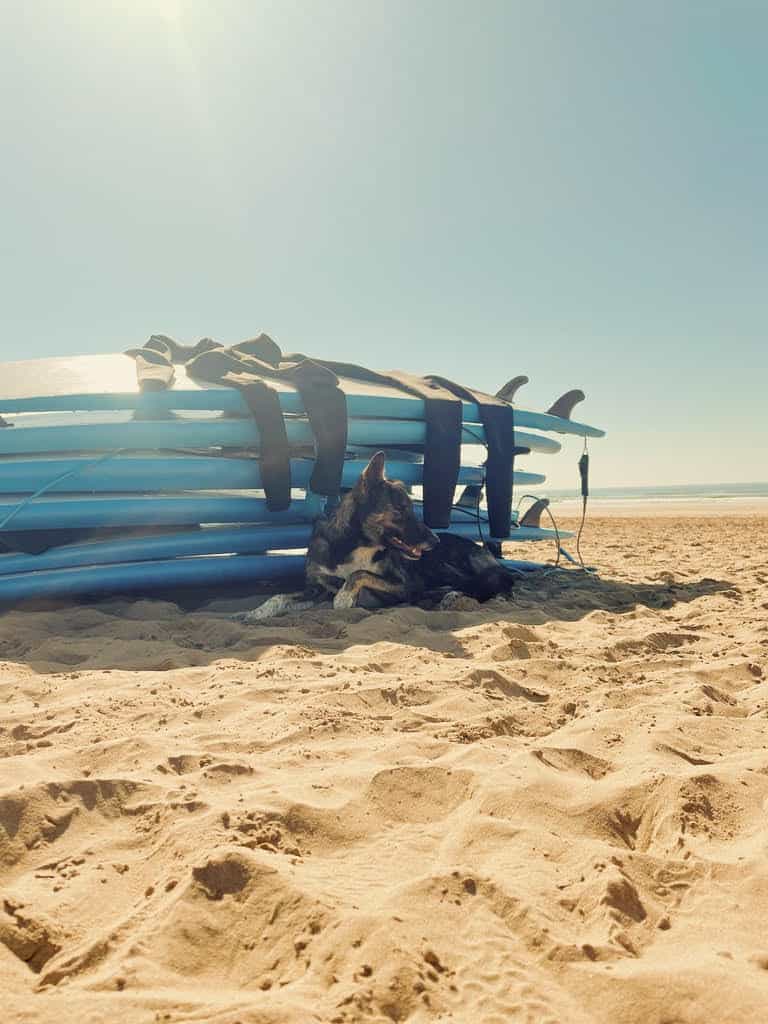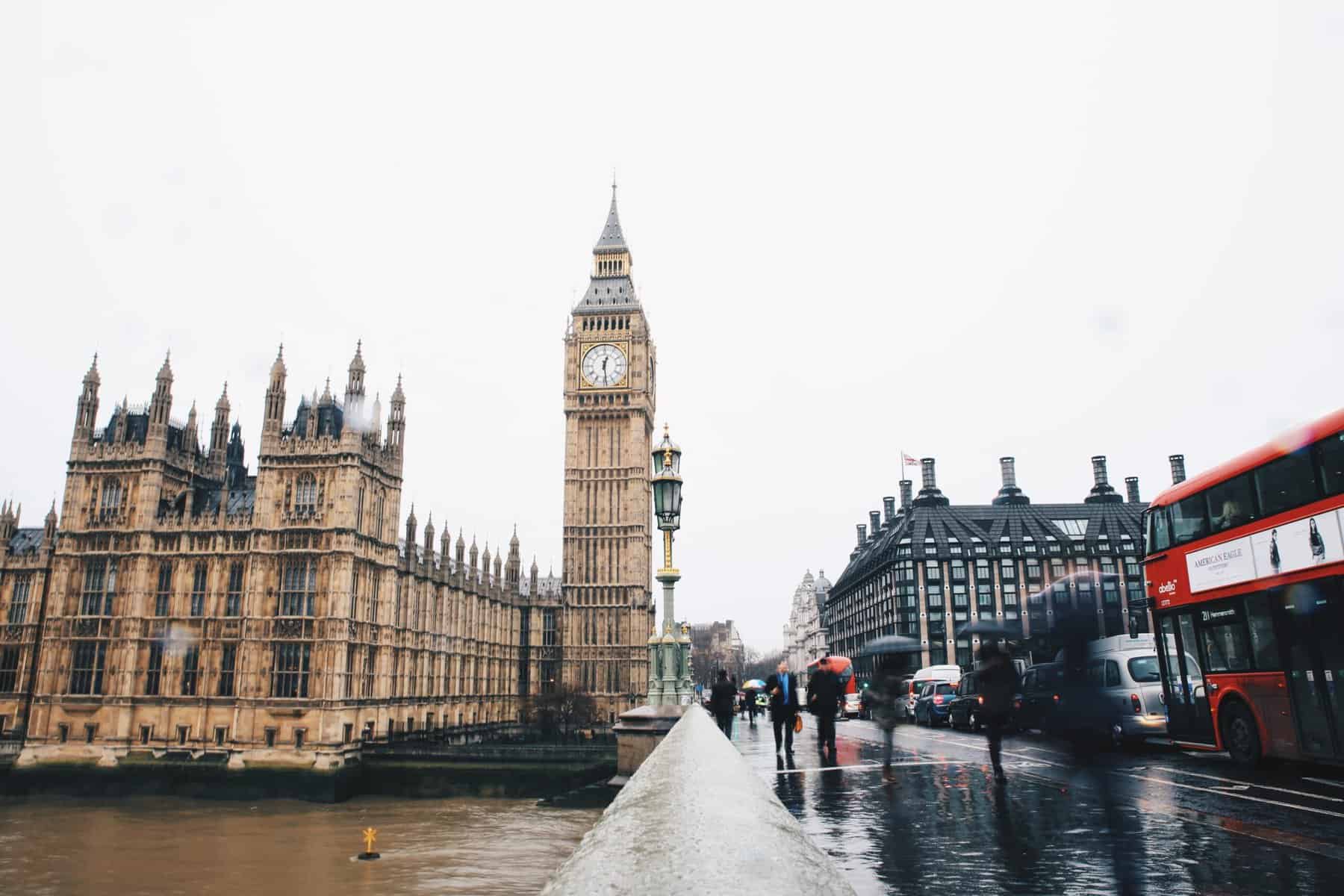The hazed view of the traveller, and the weighty scales of touristic demand vs ecological infrastructure
Taghazout was once only a small hive of Berbers, an untouched, prosaic village reliant on fishing and self-sufficiency. But when the Seventies birthed the modern ease of travel and encouraged mass tourism, this Moroccan townlet quickly became a hub of romanticisation and desired tranquillity. The backdrop of soft summits positioned against the gentle edges of coastline cultivated an ideal climate for the counterculture of free-spirit living. Sixty years on and the surrounding west coast of Souss-Massa has gained traction as a global mecca of surf culture, inviting the adjoining craft of yoga with it. The winter swells promise waves for beginners up to avid surfers, continuing to attract an influx of tourists year after year. But behind the Instagram tag is a community still playing catch up to the tourist’s expectation of on- demand beauty and experience, all whilst trying to survive.
When I arrived at Easy Surf, a camp just south of Taghazout, I was met by many other Europeans from cities such as Berlin, Munich, Paris and Madrid, all searching for a quick switch from their own urban mayhem. It is shamefully easy to look around a hostel that offers a nonchalant schedule of eating, drinking, surfing and yoga, and to compare lifestyles based on both choice and circumstance. The glorification of this place was in full swing. But – as I was told by a Moroccan instructor – whilst my head was messed up from the grey pavements and lack of Vitamin D, his was spoiled from the sand, salt and what he described as the humdrum of being held to one place. In other words, I was quickly reminded that the grass wasn’t greener, it was paid to look that way for the tourists who come and go.
Over the next twelve days, I became increasingly aware that under the facades of mindfulness, escapism and 5-star TripAdvisor reviews, Taghazout was struggling to balance the scales of commercial tourism and sufficient, ergonomic infrastructure. A prevalent example of this battle would be the sanitation and sewage complications dating back to around 2010, and unequivocally worsening with the effects of the pandemic.
In the late 2000s, the ever-popularising town was expanding its aesthetic beauty spots and social establishments due to extreme commercial demand. But it lacked the funds, infrastructure and economic prepositions for safe sanitation and ecological sewage disposal. Taghazout’s raw sewage was pumped directly into the ocean from pipes just north of the centre. For local Moroccans, I was told, this disposal system was merely a means to an end, a no-go swim spot. However, the potentiality of problems quickly increased as the town became known as the new Instagrammable hotspot. Without local governmental authorisation and funding for a treated waste disposal plant, Taghazout’s booming popularity was a ticking time bomb for ecological uproar and chronicles of sickness.
Fast forward to 2015 and the cultural prevalence of the town had reached a new peak. Yet along with its floods of tourists followed rising trends of illness and infection. At first, the differences in drinking water, the contrast in food and the general changes in hygiene and lifestyle were held accountable for these bouts of sickness. But as the epicentre of this viral calamity localised to the small town of Taghazout (whilst other surfing spots in the surrounding areas had little to report) , it was apparent something was happening.
It did not take long for the culprit to become clear. Surfers and swimmers were ingesting the same water that was used for quick waste disposal. As expected, this quickly changed the tone of tourists’ holiday escapes, with surf and yoga retreats redefined as strict quarantines in attempts to control sickness around the camps. Many visitors were quick to chastise the waste system as ecologically damaging as well as hideously unpleasant and inconvenient for this surfing playland. Whilst for others, a few days of sickness was a minor risk worth taking for the beauty of the waves. Still, the undertones of repulsion inevitably took hold of the town’s notoriety.
As each surf season came around, Taghazout’s reputation was being punctured with bad reviews and word of mouth, leaving the once thriving centre on a downward trend of tourists. The town was struggling from an ecological failure that mainly affected those who’d come to demand a slice of this beauty. In other words, Taghazout’s financial and economic system was now suffering at the hands of a touristic rush that had once patterned and prompted its burgeoning popularity. And whilst mass tourism is not to blame for Taghazout’s lack of funding and the internal politics of the Commune, Southern Morocco’s local level of government, it does shed light on the easy demise that touristic decline brings when a small town can’t economically and ecologically keep up. And with the pandemic putting global travel to a harsh standstill, the already struggling community of Taghazout was feeling the wrath severely, with many businesses going under and others barely keeping afloat.
At this point, it is important to note that in only the summer of 2022, the water regulator for England and Wales launched cases against six English water companies for excessive discharge of waste and sewage into UK rivers and seas. Thiirty two Irish villages and towns still release raw sewage into the environment every day, whilst Spain has had several fines from the EU for allowing councils and local governments to dispose of sewage through ocean pipes.
Taghazout and its surrounding areas are naturally blessed with breathtaking scenery and perfect waves, on the other hand some tourists and travellers are shocked – with a sense of self-righteousness perhaps – when the unattractive and health/ecologically damaging activity of waste disposal is happening in plain sight. Understandably, when European countries and other nations have the resources and appropriate infrastructure to hide their own environmental wrongdoings.
A new sewage development plan was put in place in 2018, the progress kickstarted again after the pandemic which has now resulted in a sufficient and more environmentally stable waste network. At the start of 2022, the authorities confirmed that the new system was complete, safely bringing sewage and waste to the treatment plant just south of Devil’s Rock. Better yet, the brutal effects of the pandemic have motivated the local authorities to drive money, labour and environmental knowledge into Tagahzout’s infrastructure, creating better roads, paved facilities and street lighting. This gives the small town a fighting chance of survival, preserving the natural beauty whilst evolving into a more hospitable, welcoming tourist trap.
From my short time spent in Taghazout, I saw others like myself romanticising a trip where features are paid to look perfect, yet under the surface businesses and establishments are struggling to keep up. As evidenced in Taghazout’s ecological struggle, for some tourists, romanticisation can over-extend into self-superiority whereby countries like Morocco can change from a faraway paradise to a poor, second-class country very quickly. To put this another way, travellers and holidaymakers can “look down” on a country or culture when its conditions, practices and policies are seemingly unlike those of its visitors. And whilst this is no new phenomenon, it’s important to capture the pitfalls of the tourist when ecological prioritisation and improved infrastructure are not the prime concerns of a small town trying to survive.
The trip exposed me to special experiences, some impressive scenery and led me to meet deeply inspiring personalities. But it reminded me that we – as visitors and tourists – can comment on the amount of unattractive waste on a beach and the environmental effects of bad sewage disposal, because the pursuit of beauty and experience is our priority on a paid trip, rather than simply living and getting through. To paraphrase, the duplexity of Taghazout’s beauty and struggle is a useful signpost to visitors, a reminder to be self-aware, acknowledge privilege and not let over-romanticisation blur real-time perception.
By Maddie Noctor Instagram: @maddienoctor_




